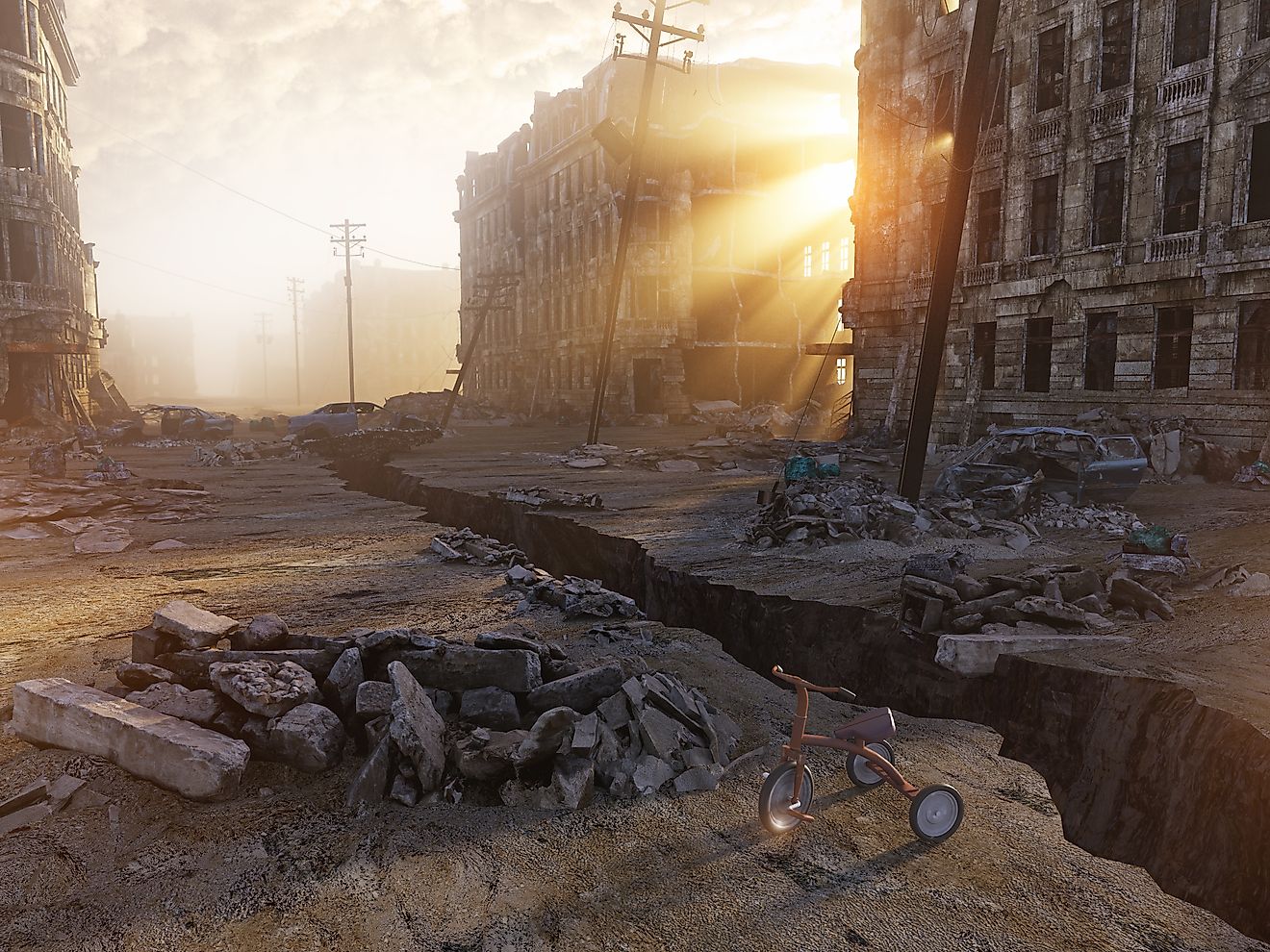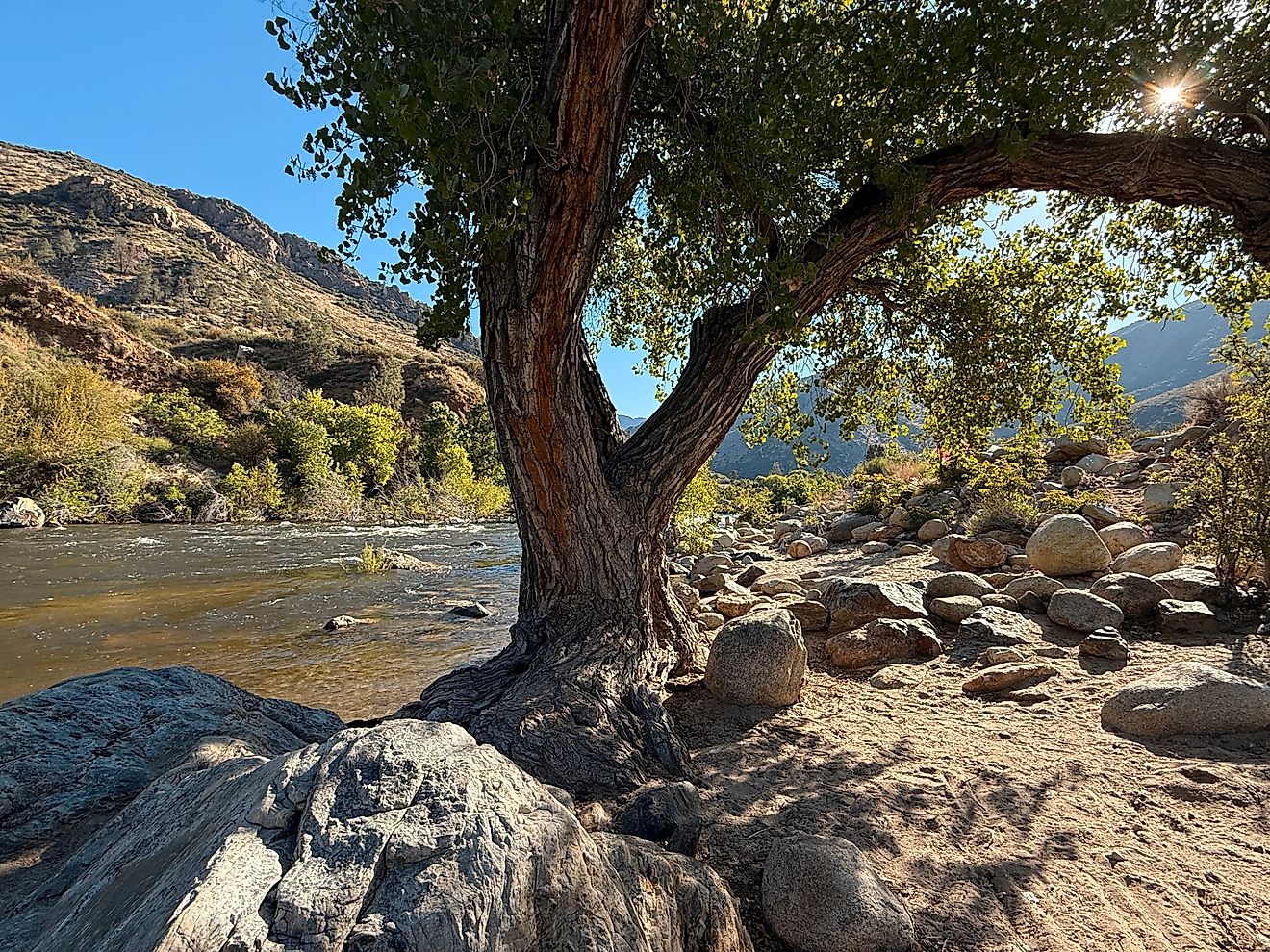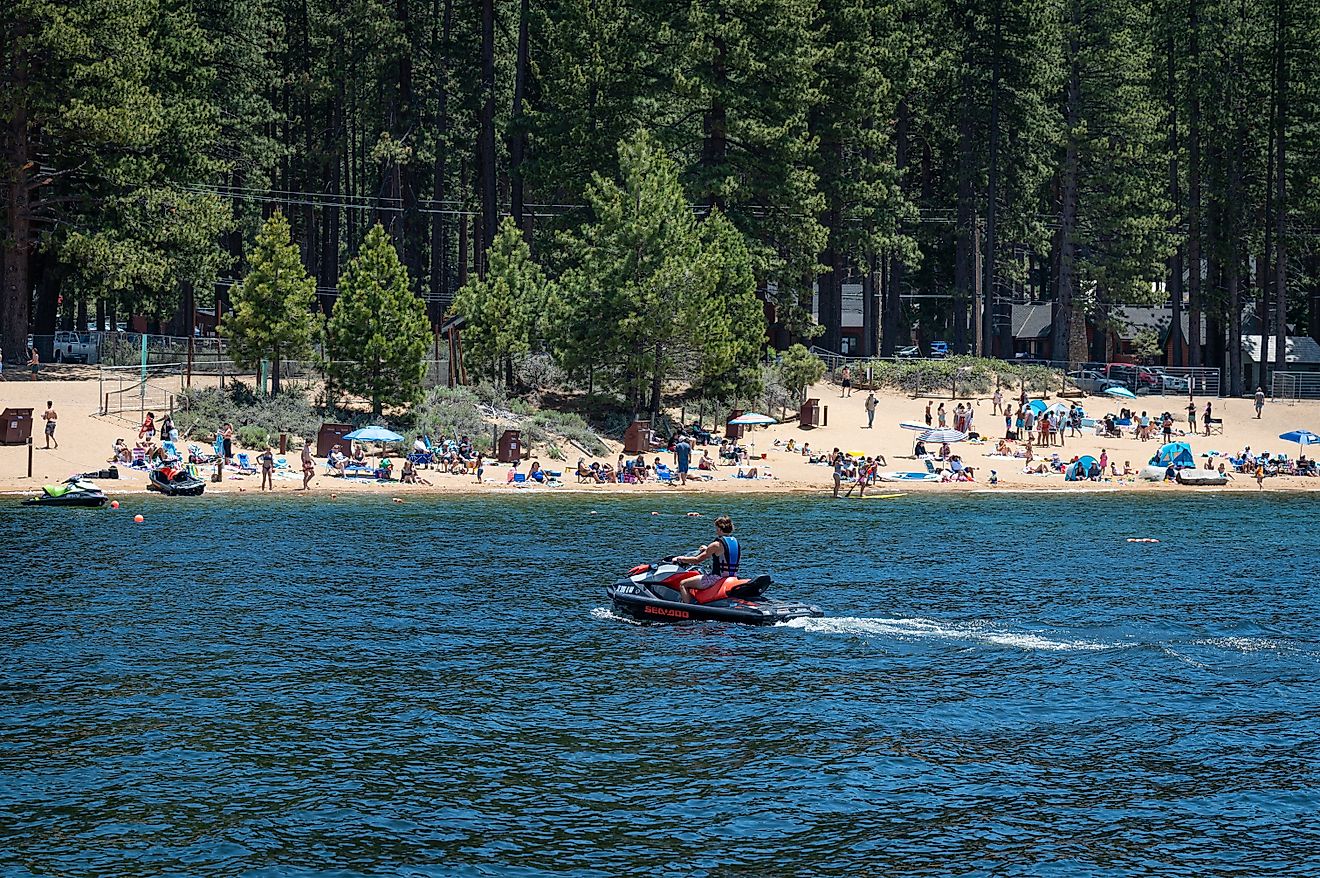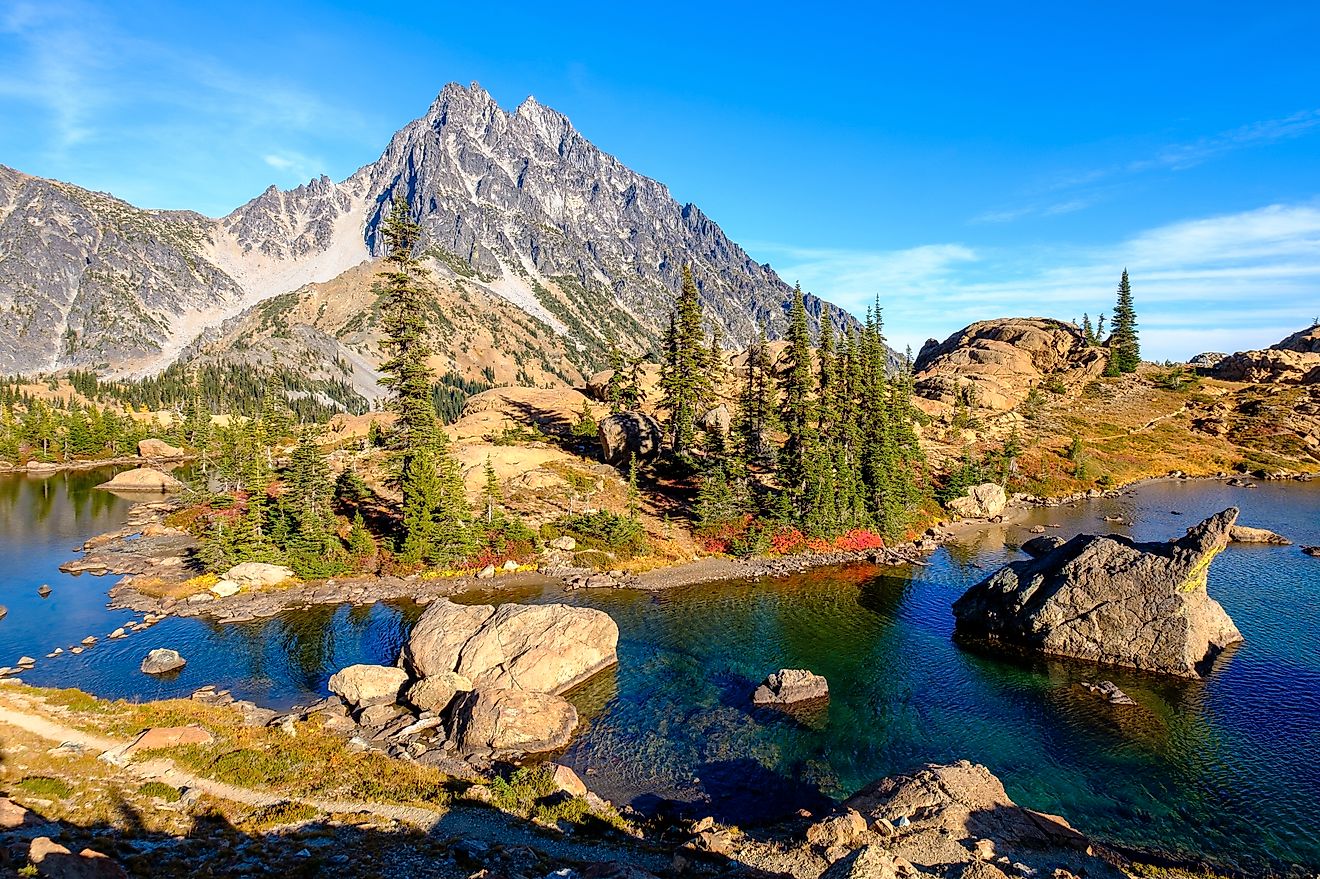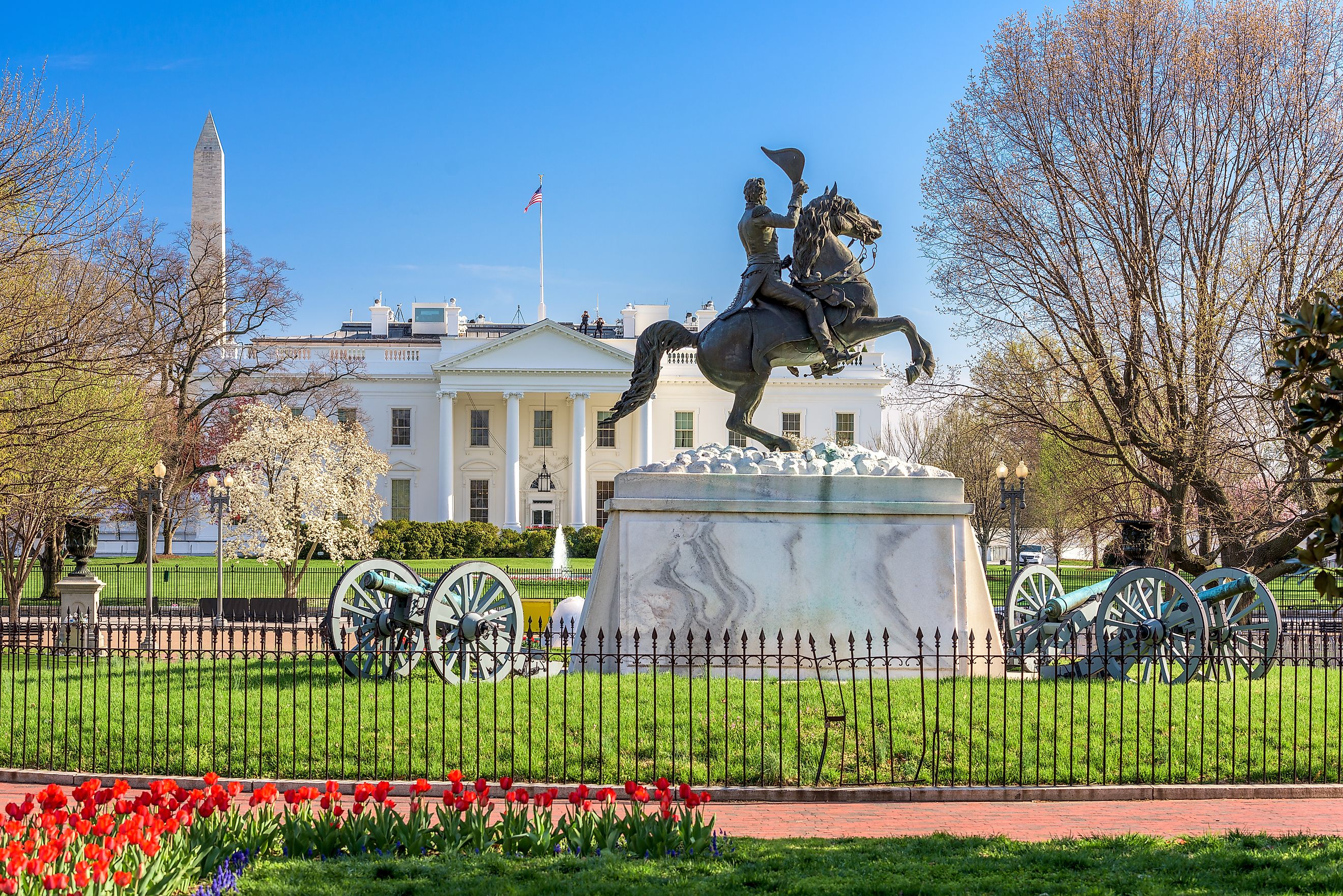
The US Cities With the Most Registered Landmarks
The fabric of a city is stitched together by more than its streets and skyscrapers. Every plaque, preserved block, and historic district tells a story of architecture, culture, innovation, and community. In some American cities, that heritage is so rich and visible that the number of recognized historic landmarks rises into the thousands. Explore which cities in the United States have the most officially registered landmarks, how many they have, and why those numbers matter for understanding a city’s sense of place and identity.
New York City, New York
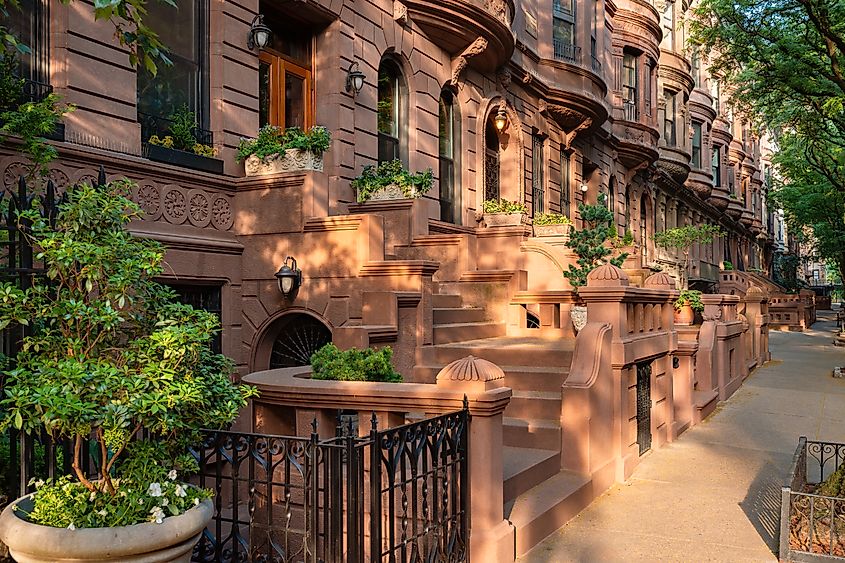
- ~37,900 Landmarked Properties
New York City stands out not just for its skyline but for the sheer volume of properties that have been designated as landmarks. According to the New York City Landmarks Preservation Commission, there are more than 37,900 landmark properties in the five boroughs. These designations cover multiple categories:
-
Individual landmarks: exteriors of buildings recognized for historic, aesthetic, or architectural interest
-
Interior landmarks: key interiors of buildings open to the public
-
Scenic landmarks: parks, plazas, parkways
-
Historic districts: entire neighborhoods of cohesive historic character. For example, the commission lists 1,460 individual landmarks, 117 interior landmarks, 12 scenic landmarks, and some 150 historic districts. When walking through Manhattan brownstone neighborhoods, Brooklyn’s streetcar-era districts, or the preserved art-deco towers of Midtown, the scale of landmarking becomes tangible. The high number underscores New York’s role in architecture, urban planning, and urban heritage from the 19th century onward.
Philadelphia, Pennsylvania
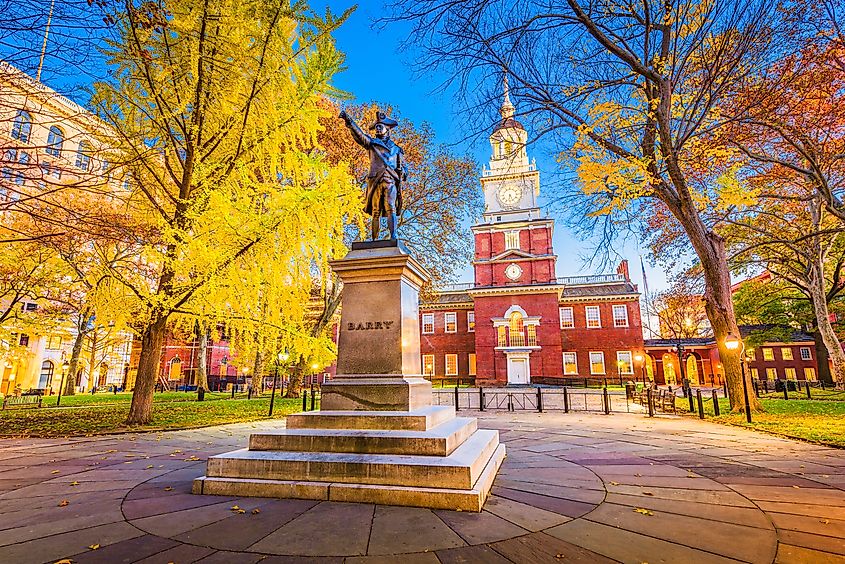
- 67 National Historic Landmarks
Philadelphia ranks among the nation’s top cities for officially registered landmarks, boasting 67 National Historic Landmarks that showcase its deep historical and cultural legacy. From Independence Hall and the Liberty Bell to Eastern State Penitentiary and Boathouse Row, the city’s architecture tells the story of America’s founding and growth. Beyond its federal designations, thousands of sites appear on the National Register of Historic Places, reflecting everything from colonial streets to industrial-era factories.
Historic neighborhoods like Society Hill and Germantown preserve centuries of urban evolution, while grand civic icons such as Philadelphia City Hall highlight the city’s architectural ambition. Each landmark adds a layer to Philadelphia’s identity, capturing moments that shaped the nation. Few cities combine so much American history within their streets, making Philadelphia not just a birthplace of independence but also one of the country’s most enduring showcases of preservation and pride.
Boston, Massachusetts
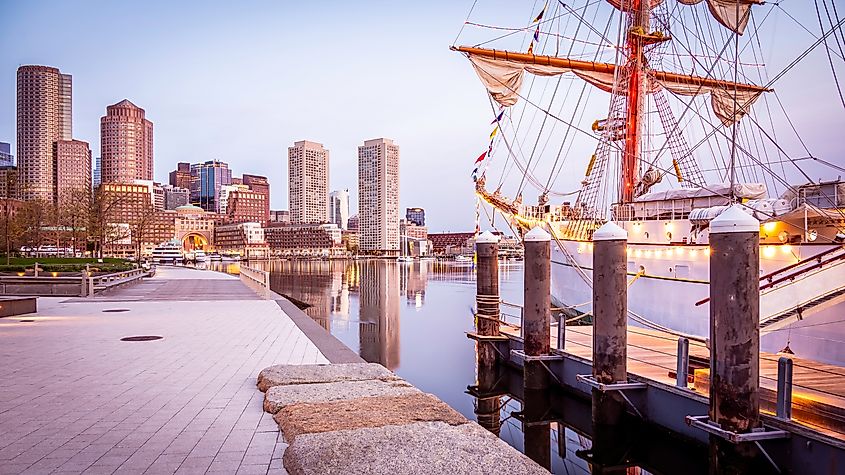
- 57 National Historic Landmarks
Boston’s 57 National Historic Landmarks tell a sweeping story of America’s beginnings and evolution. The city’s cobblestone streets and red-brick buildings form a living museum that stretches from the colonial era to the industrial age. Many of these landmarks cluster along the iconic Freedom Trail, where meeting houses, churches, and burial grounds mark the earliest days of revolution and self-governance.
Beyond the trail, Beacon Hill’s gaslit streets, Harvard Yard’s academic roots, and the Charlestown Navy Yard reflect Boston’s role as a hub of intellect, maritime innovation, and civic spirit. Historic mills and factories along the Charles River recall the city’s industrial rise, and Faneuil Hall and Old North Church stand as timeless symbols of liberty. Each site reveals a chapter of the nation’s development.
Washington, D.C.
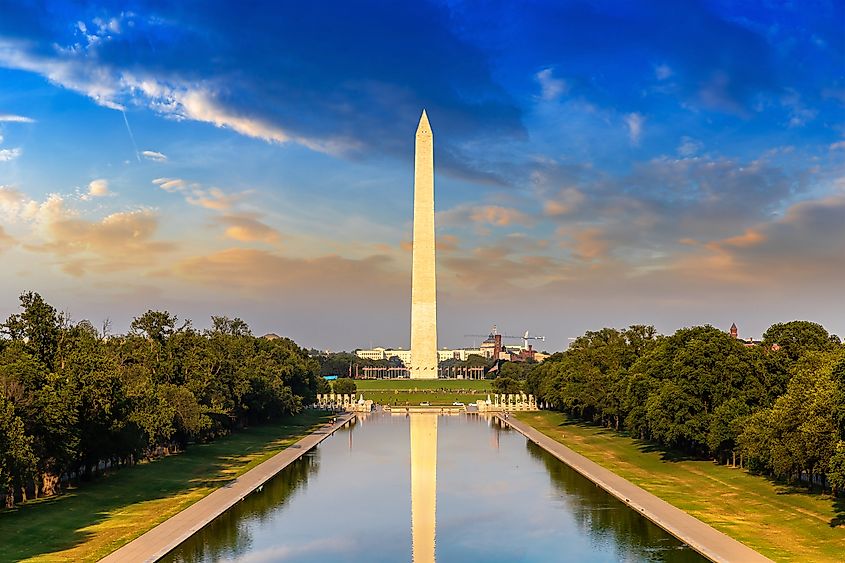
- 76 National Historic Landmarks
Washington, D.C. holds one of the most concentrated collections of National Historic Landmarks in the country, with around 76 officially recognized sites spread across a relatively small area. The city’s landscape doubles as a timeline of American government, architecture, and civic ideals. These landmarks include monumental icons like the White House, the US Capitol, and the Supreme Court, along with historic neighborhoods such as Georgetown and Dupont Circle that preserve 18th- and 19th-century architecture.
Memorials and monuments along the National Mall, from the Lincoln Memorial to the Washington Monument, form part of the nation’s collective memory, while cultural sites like the Smithsonian Institution and Ford’s Theatre capture both triumphs and tragedies in US history.
Baltimore, Maryland
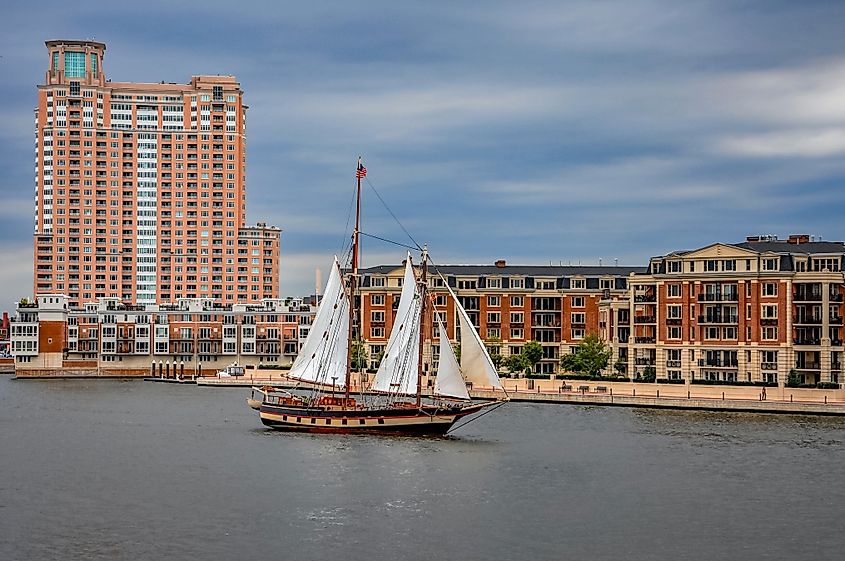
- More than 56,000 Designated Historic Buildings
Baltimore’s extensive preservation footprint makes it one of the most architecturally intact cities in the country. Beyond its 66 National Register Historic Districts and 33 local districts, the city’s mix of 18th-, 19th-, and early 20th-century structures offers a living museum of American urban development.
Federal-style rowhouses line the cobblestone streets of Fells Point, Victorian mansions crown Mount Vernon, and industrial brick warehouses in the Inner Harbor recall the city’s maritime and manufacturing heritage. This balance of residential charm and historic grit gives Baltimore its distinct personality. The scale of preservation also reflects a long-standing civic commitment to heritage, one that connects modern neighborhoods to the city’s colonial, maritime, and cultural past in tangible, everyday ways.
Denver, Colorado
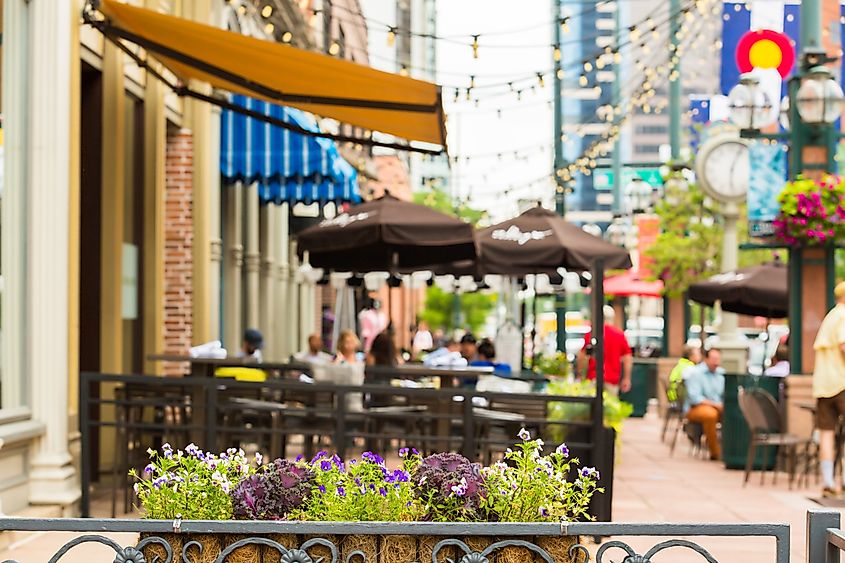
- More than 300 National Register Listings
Denver’s landmark roster tells a story that bridges the rugged frontier and the rise of a modern metropolis. With over 300 properties and districts on the National Register, the Mile High City preserves traces of its mining boom beginnings, railroad expansion, and architectural experimentation. Historic neighborhoods like Capitol Hill and Baker showcase ornate Victorian and Queen Anne homes, while the city’s downtown core retains grand early skyscrapers from the early 1900s.
Landmarks such as Union Station, the Brown Palace Hotel, and Larimer Square have become cornerstones of adaptive reuse. Denver’s preservation movement gained momentum in the 1970s, preventing large-scale demolitions that once threatened its heritage. Today, the city’s landmark inventory reflects both the grit of the Old West and the vision of a city determined to blend progress with preservation.
San Francisco, California
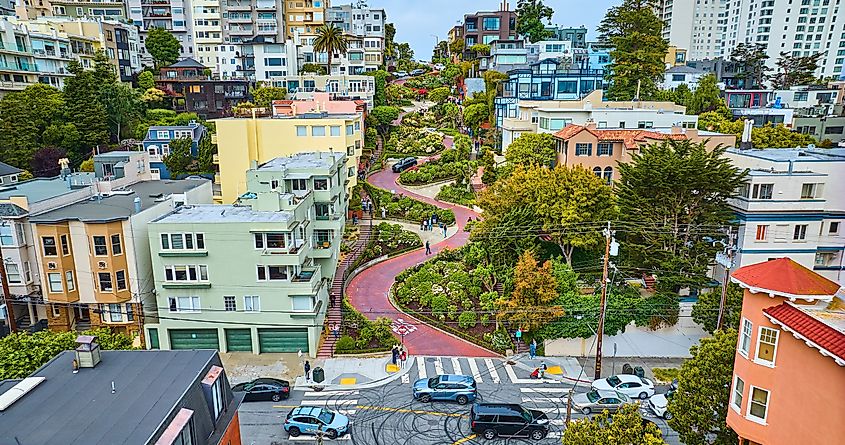
- 207 National Register Listings
San Francisco’s landmark landscape captures nearly every chapter of its evolution, from Gold Rush prosperity to post-quake resilience. The city’s 207 National Register listings and 18 National Historic Landmarks include icons such as Alcatraz Island, the Palace of Fine Arts, and the Ferry Building. Its famed Victorian and Edwardian homes in neighborhoods like Haight-Ashbury and Alamo Square stand alongside early skyscrapers that helped define the city’s skyline.
Maritime landmarks along the waterfront and remnants of the 1915 Panama-Pacific International Exposition further enrich its architectural mix. In a region constantly reinventing itself, these preserved sites serve as anchors of memory and identity.
Cities Where History Stands Tall
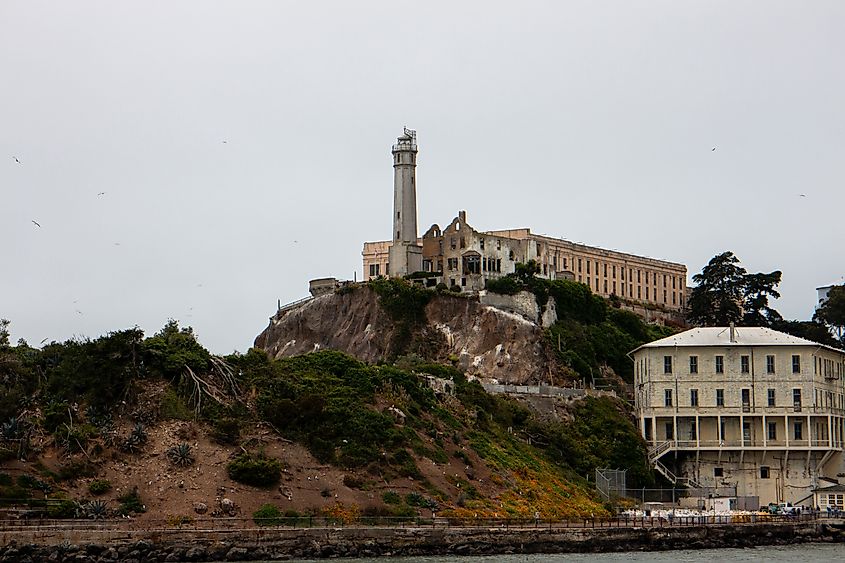
Cities with the highest counts of registered landmarks offer more than a tally of protected sites. They trace America’s history in brick, stone, and steel, from row houses and storefronts to bridges, warehouses, neighborhoods, and cultural districts. Walking through New York’s landmark-rich boroughs, Philadelphia’s historically dense blocks, or Baltimore’s thousands of preserved buildings reveals how the past continues to shape urban life.
For urban planners, architecture enthusiasts, and history fans, these landmark totals highlight how cities record, protect, and celebrate their heritage. Each number represents a preserved theater, a saved storefront, or a district held in time. Together, these sites form a living archive, turning streets and skylines into tangible records of the nation’s story.
| City | Recognized Landmark Count | Key High-Level Registry Type |
|---|---|---|
| New York City, NY | ~37,900+ landmark properties | Local municipal registers |
| Philadelphia, PA | 67 National Historic Landmarks | NHLs |
| Boston, MA | 57 National Historic Landmarks | NHLs |
| Washington, D.C. | 76 National Historic Landmarks | NHLs |
| Baltimore, MD | ~56,000 historic buildings / 71 NR districts | NRHP listings |
| Denver, CO | ~300+ NRHP listings | NRHP listings |
| San Francisco, CA | 207 NRHP listings (18 NHLs) | NRHP listings |

